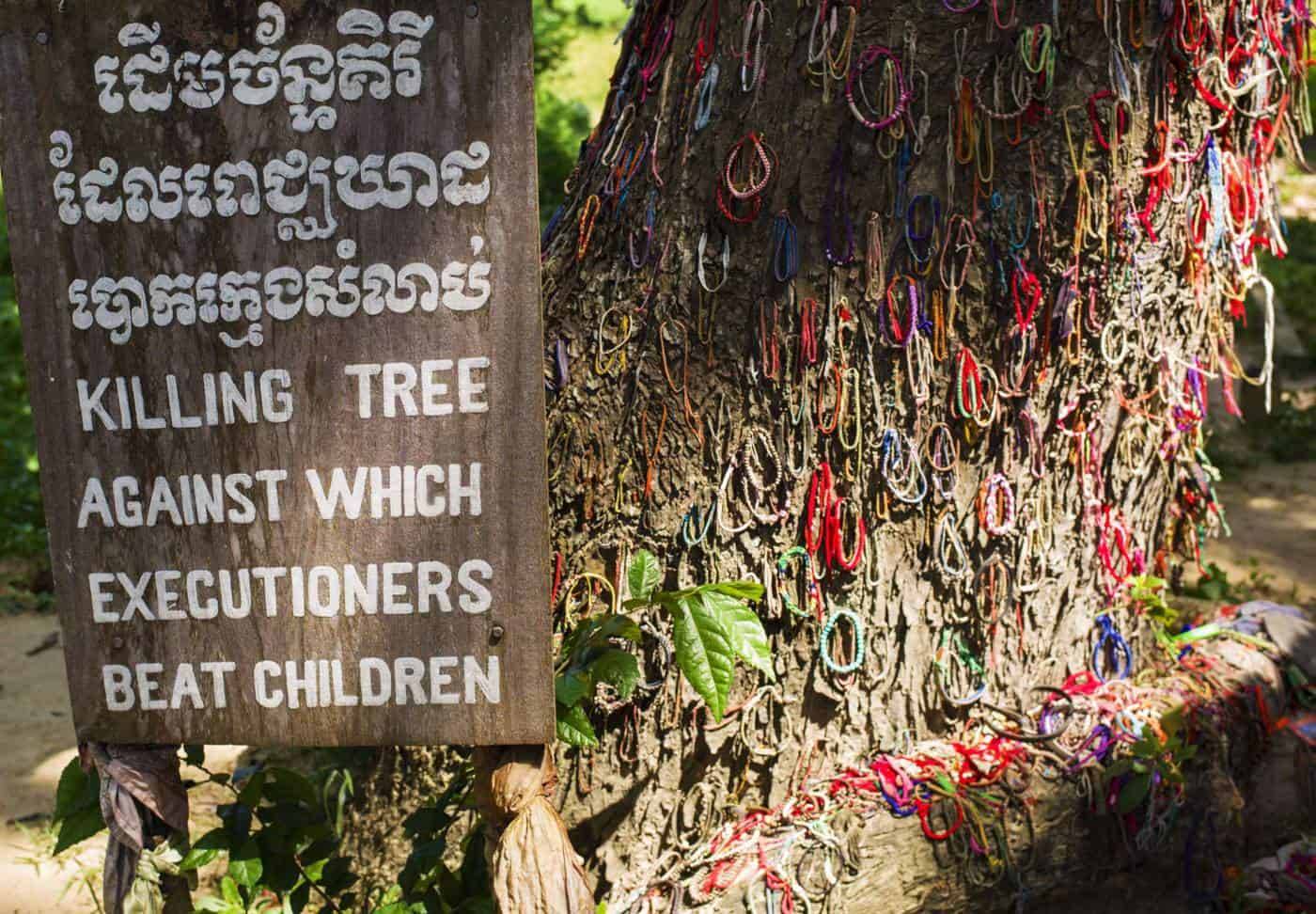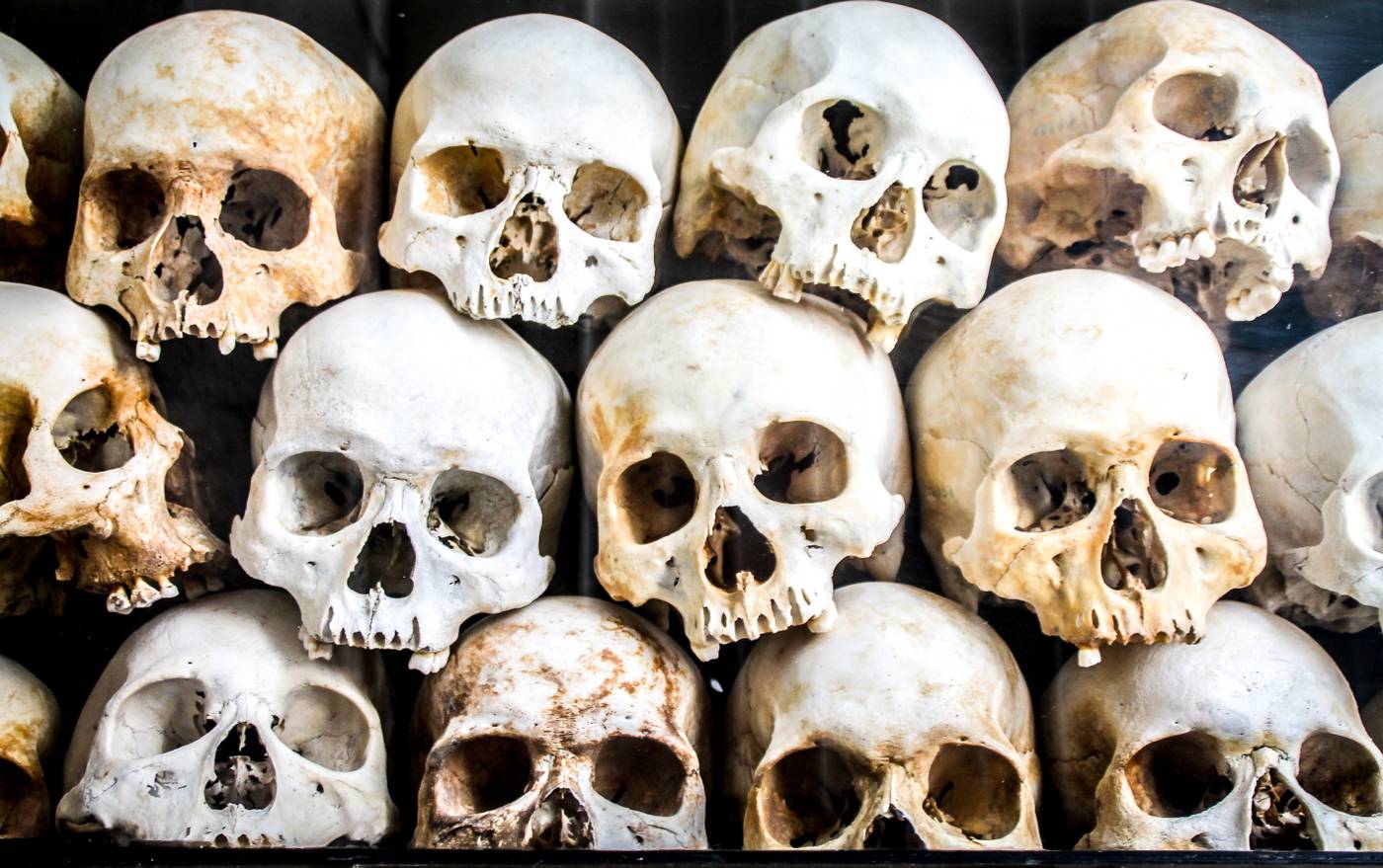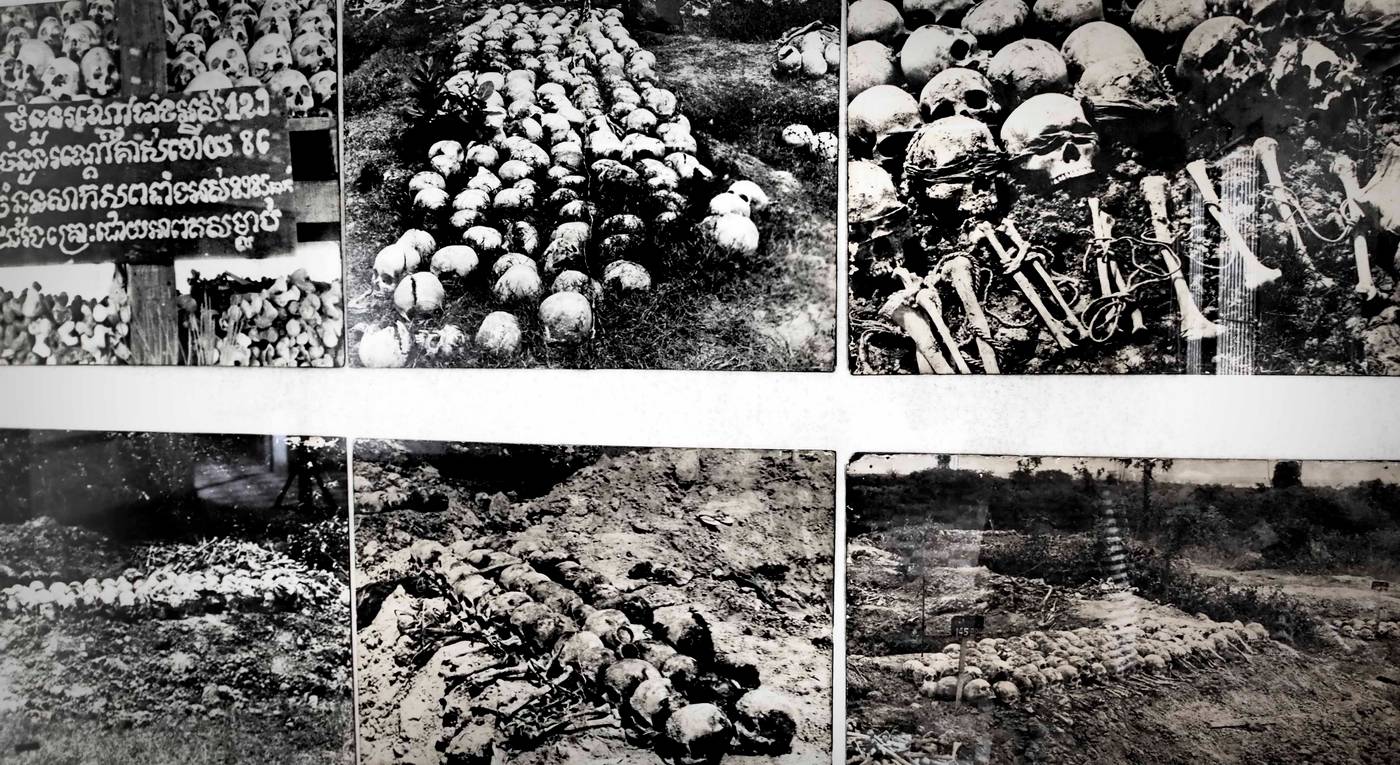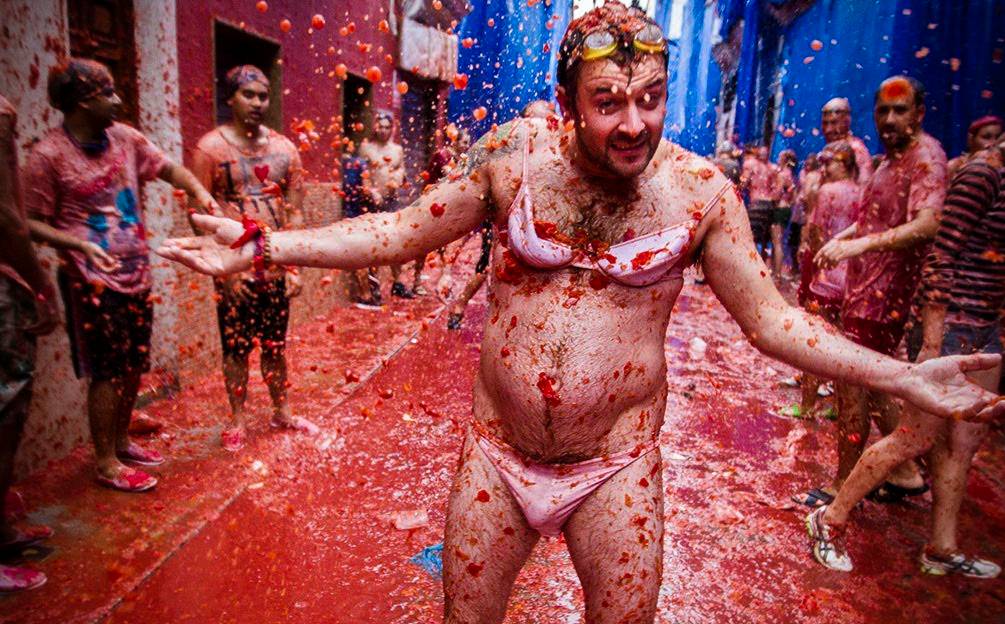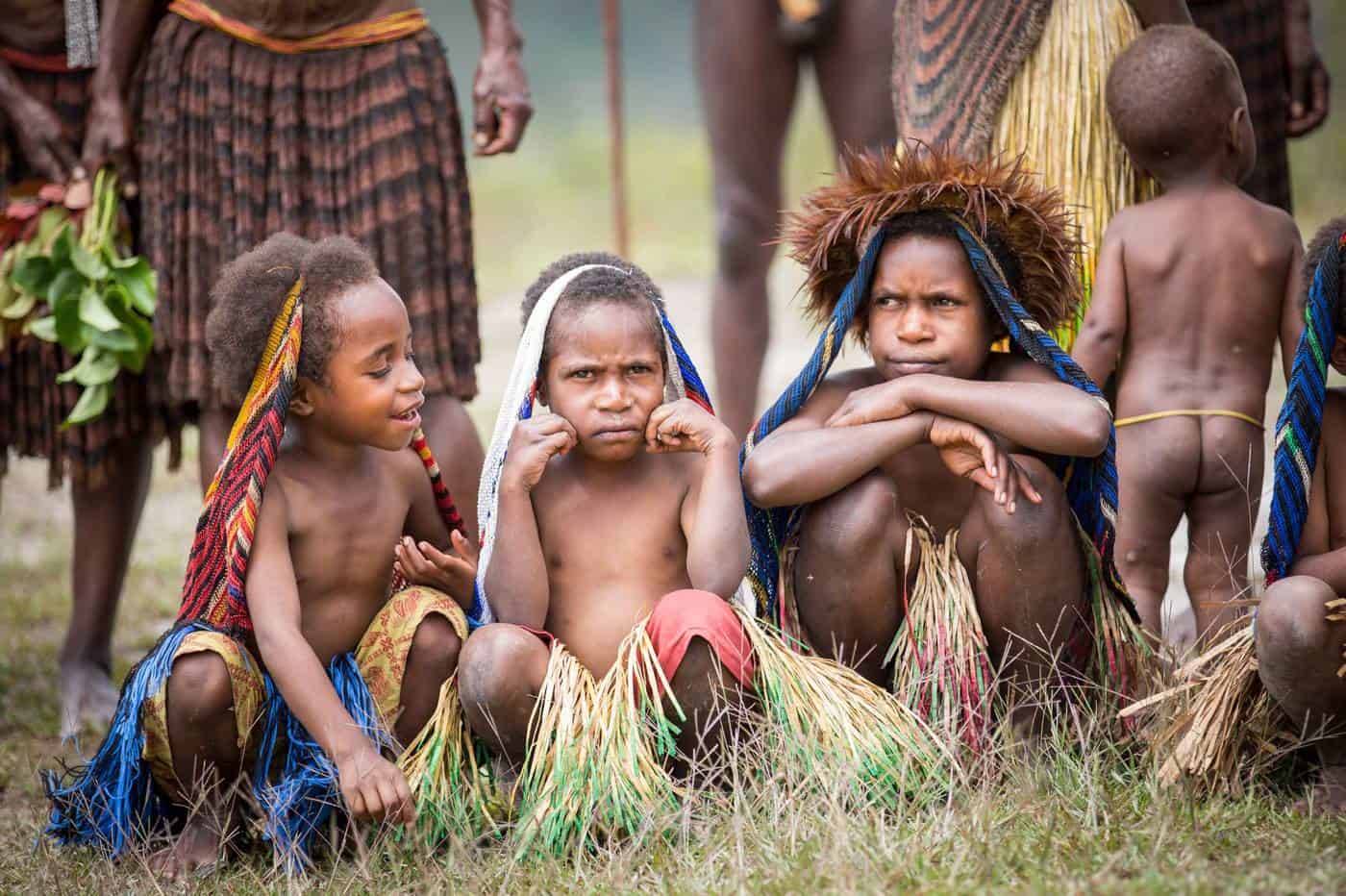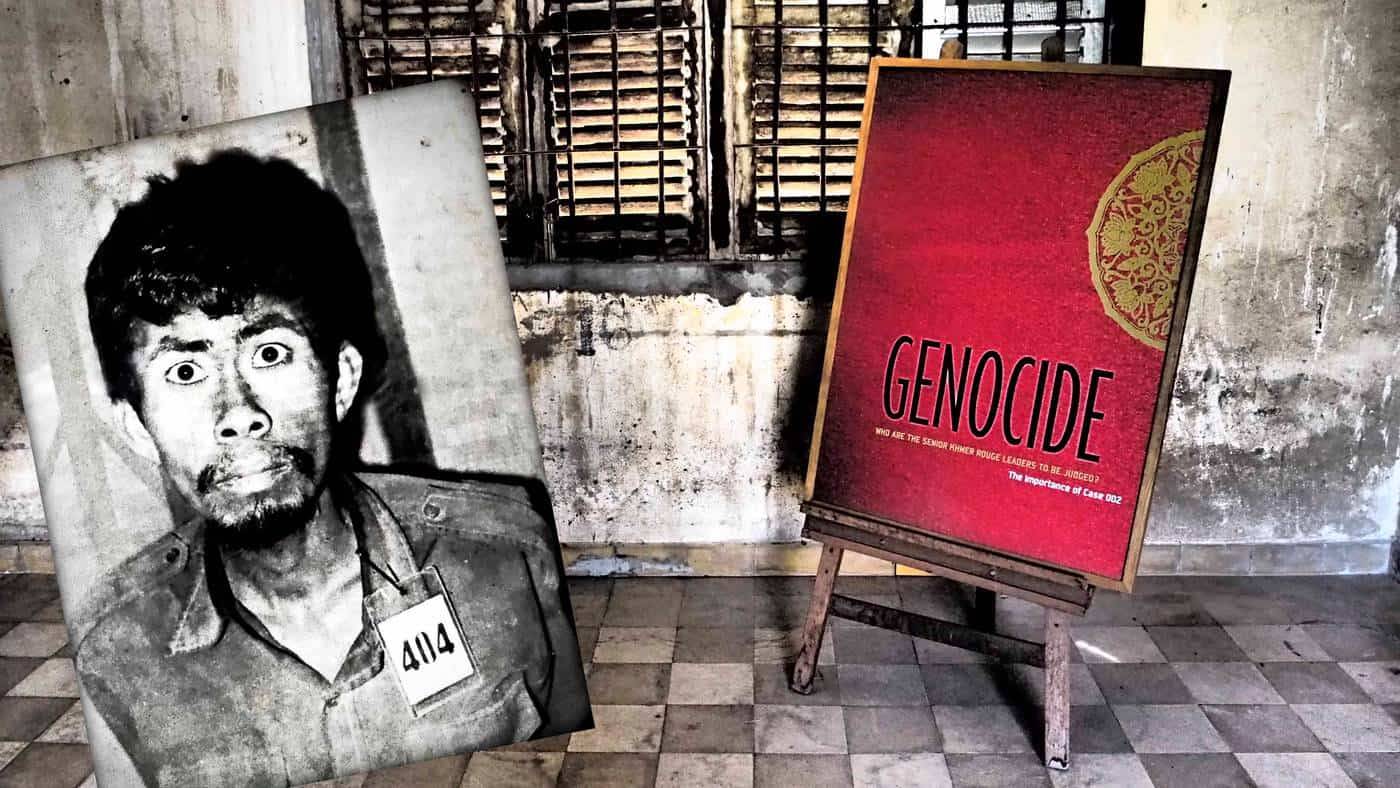
CAMBODIAN GENOCIDE (A MUST-READ FOR EVERY TRAVELLER)
Cambodia is not just magnificent temples, striking beaches and cheap beer. Backpackers often bypass Phnom Penh due to insufficient nightlife and lack of fun attractions. Yet, every traveller should see the Toul Sleng Museum and the Killing Fields, listen to their memories, and perhaps try to brighten up the mass-graves with a colourful bracelet, as a mark of respect. Visiting might be a grim but essential experience for understanding how far Cambodia has come in the intervening years.
WHAT HAPPENED TO THE CAMBODIAN PEOPLE?
At first glance, Cambodia appears to be a nation fully shiny, happy and worry-free. However, talking to locals, you will hear stories of endless pain and sorrow when brothers, mothers and children were mercilessly slaughtered, many in front of their very own eyes. The hellish years of the Khmer Rouge, from which most Cambodians have never recovered, left people profoundly shocked and shattered, suffering inside, stoical on the outside.
KHMER ROUGE
Born of radical communism and wartime opportunism, the Khmer Rouge defined the darkest period in Cambodian`s history, which left a legacy that will last for generations. A ruthless band of communistic guerrillas, led by a fanatic revolutionary Pol Pot began their looting in peaceful Cambodia.
The Khmer Rouge, or the Communist Party of Kampuchea, was formed in 1966 as a ruling party in Cambodia guided by Saloth Sar, known as Pol Pot. Driven by extreme ideas, Pol Pot`s attempts at agricultural reforms led to widespread famine and malaria due to his absolute control over the basic supplies, such as food and medicine. Arbitrary execution and torture carried out by Khmer Rouge are considered to have committed genocide.
CAMBODIAN GENOCIDE
Pol Pot`s radical program was to isolate the country from all foreign influences, to close schools, hospitals and factories, to outlaw every religion, to confiscate all private property and relocate people from urban areas to the “collective farms”, where they were forced to work without any rest, food or medicine.
Whoever revolted, stood up for themselves or even implied a hint of dissatisfaction was punished by torture or death. The entire population was basically forced to live in labour camps. Religion was banned, books were burnt, money was abolished, teachers, artists and other intellectuals were murdered, and all family relationships and any communication between relatives were prohibited. Anyone who would try to break the rules was tortured or cruelly slaughtered.
NOTE It is estimated that 1.5 million people were killed solely during the brutal dictatorship of Pol Pot 1975-1979. In total, 2.5-3 million people died during the whole Khmer Rouge regime, which is nearly one-third of the entire population of Cambodia.
POL POT ‘THE BUTCHER OF CAMBODIA’ (1925-1998)
Saloth Sar was born in 1925 in a small village north of Phnom Penh. As a proper Cambodian, he spent his early years in a Buddhist monastery before he attended a French Catholic primary school in the capital city. In 1949 he moved to Paris after he qualified for a scholarship for technical studies in France. That is where he became active in communist circles. When he was forced to return to his home country in 1953 the region was revolting against the French colonial rule. He was getting more and more involved in the politics, and the ideology of Khmer Rouge started to develop gradually.
Now Pol Pot, politically acknowledged, he organised a party meeting in 1966. That is when his party was secretly renamed the Communist Party of Kampuchea. He took advantage of political instability in Cambodia and quickly launched a national uprising followed by civil war. The constant conflicts between Cambodia and Vietnam together with the U.S. bombing just increased the political appeal of the Khmer Rouge.
Finally, Pol Pot achieved exactly what he wanted, and his troops captured Phnom Penh in April 1975. But the ruthless, bloody campaign against his own nation had just begun. Almost four years of terror felt like an eternity for the Khmer people until the Vietnamese invaded the country in January 1979 and Cambodia became the People`s Republic of Kampuchea. Eventually, the hell came to an end.
Pol Pot fled Cambodia and settled in Thailand. Together with the Khmer Rouge they retreated to the remote jungles at the Thai border and resumed guerrilla operations. The brutal dictator kept giving orders until 1985, even though the influence of the Khmer Rouge was rapidly decreasing. He even re-married had a daughter and started to live a family life as If nothing had ever happened.
For several years, other nations had been turning a blind eye to his barbaric acts; he was tolerated to be a leader of the Khmer Rouge, and his party was still internationally recognised as a legitimate government of Cambodia. He lived a peaceful life with his family until he died in April 1998. Reputedly, after it was announced that the Khmer Rouge has finally agreed to turn him over to an international tribunal, Pol Pot was found dead in his bed. Apparently, he died of a heart attack, but there are some suspects that he committed suicide or was murdered.
Nevertheless, it is a regretful fact that Pol Pot, known as well as “the Butcher of Cambodia“, has never been prosecuted for the inhumane crimes he committed and Cambodia will take a while to get over the tragic past, which will leave a deep scar in its history forever.
TUOL SLENG GENOCIDE MUSEUM
Tuol Sleng Museum is a former high school turned into a torture, interrogation and execution centre. It also used to be called S-21. Roughly estimated, about 30.000 prisoners died in the so-called S-21 Prison, and it had a reputation that whoever entered the premises would never get back out alive.
Visitors can see more than 6000 portraits of prisoners hung on the walls, as well as the equipment used to torture and execute the prisoners. The museum is a savage reminder of Cambodian tragic past, and if one does not burst into tears, the place definitely gives them at least goosebumps.
CHOENG EK KILLING FIELDS
Choeng Ek Killing Fields are mass graves, dug for hundreds of prisoners from S-21 who were every day transported here to be executed in an extremely brutal way. Not to waste bullets, prisoners used to be killed by spades, sharpened bamboo sticks or axes, and often half-alive buried in mass graves. Babies were separated from mothers and slaughtered in an even more heinous way when the executors smashed their heads against a tree and threw the bodies into mass graves.
Choeng Ek is a site of a Buddhist memorial to the victims, where the visitors are enabled to get closer to the graves along with the remains of the victims and the tools used to perform the massacre.
TRAVEL TIP
You can easily visit both places (the Killing Fields and Genocide Museum) in half a day. The killing fields are outside the city so you will need to hire a tuk-tuk in Phnom Phen. The best time to go there is in the morning before it gets too hot. The driver will wait for you until you are finished and bring you directly to the museum. It is located in the town centre so you can walk back to your hotel. Remember to grab enough tissues!
NOTE
When walking around the site, it is not rare to come across bones and teeth scattered on the surface, especially after heavy rainfalls. The entire area is still being excavated, and new mass graves keep popping out. If you run across any new remains, please notify one of the guides.
Also, you will see many colourful bracelets around the mass-grave fences; they serve to pay respect to families affected by the genocide and the victims themselves. You might want to leave one behind, too.
